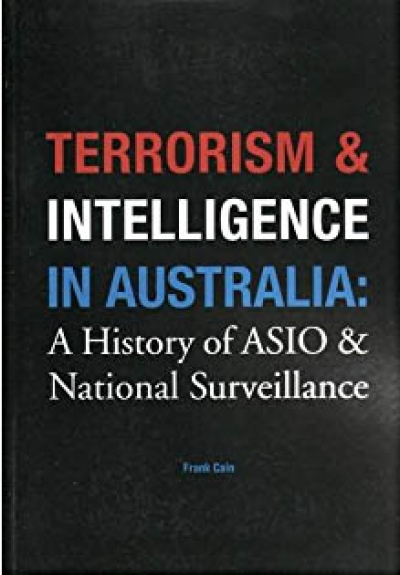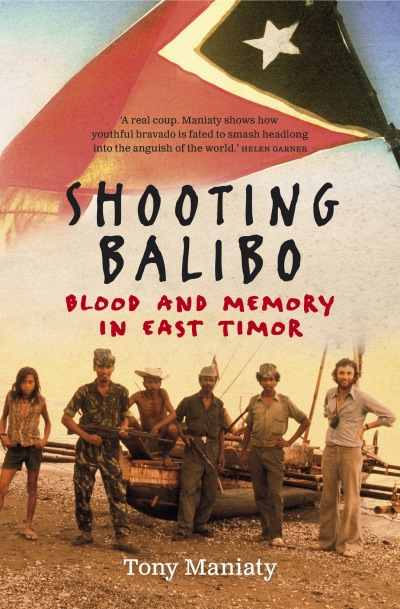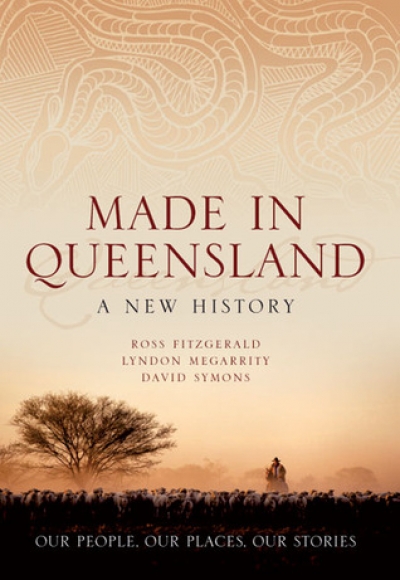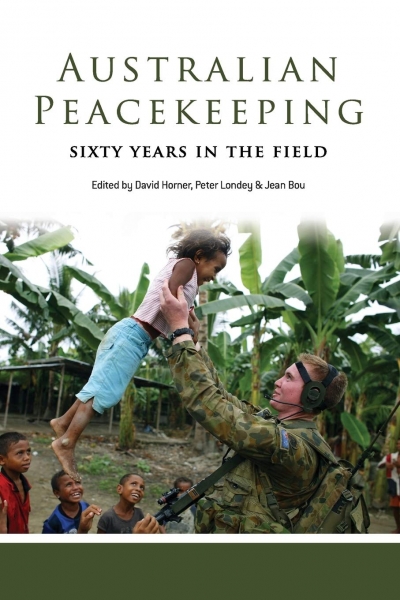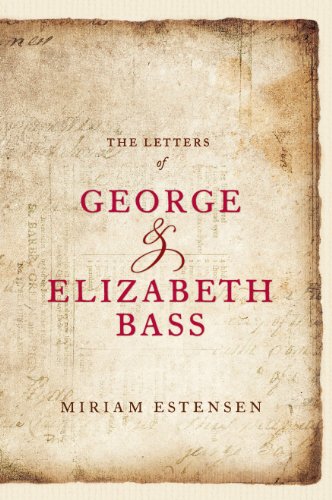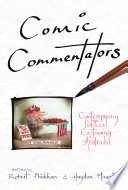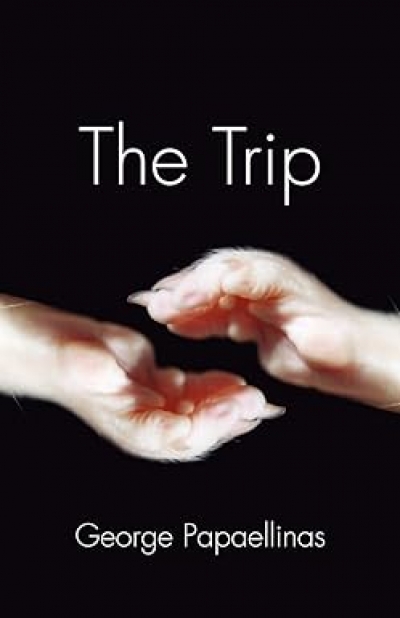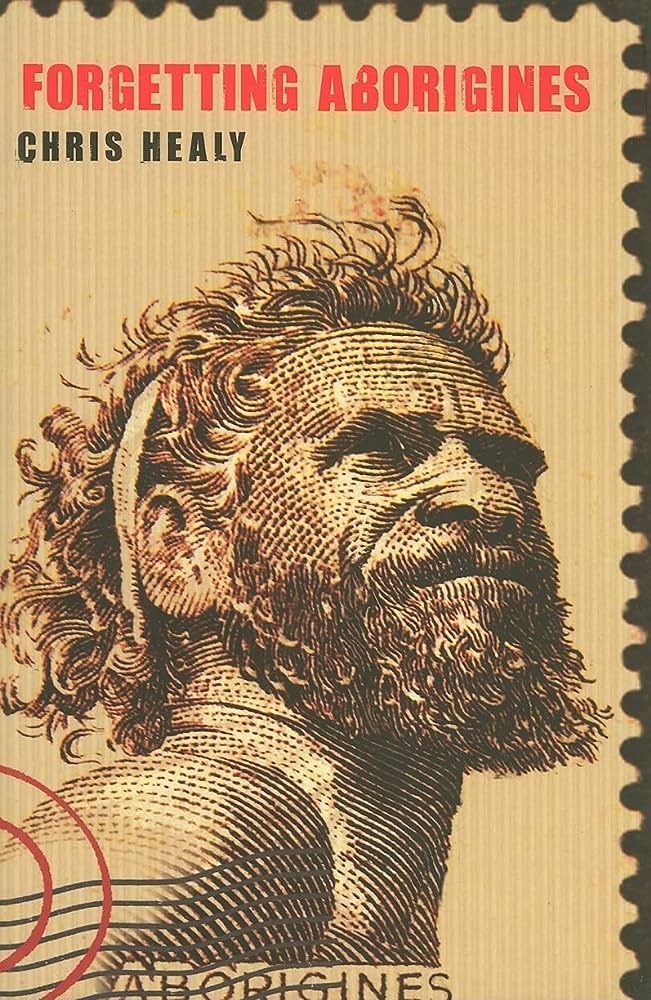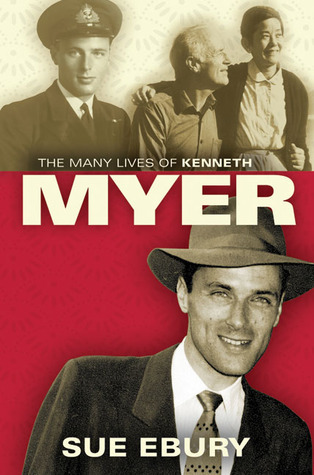Australian History
Terrorism and Intelligence in Australia: A history of ASIO and national surveillance by Frank Cain
Timely and accurate intelligence remains crucial to providing early warning of preparations for a terrorist attack. In this sense, high-grade intelligence represents the ‘front end’ of counter-terrorist strategy. This has certainly been reflected in the streamlining of Australia’s intelligence agencies since 9/11 and in the unprecedented resources that have been diverted to those agencies, particularly ASIO. The latter remains the agency responsible for preparing and distributing threat assessments and specific warnings on terrorist threats to Australia. This decade it has been granted substantially increased legislative powers to monitor, detain and question terrorist suspects. Due to the changes to Australia’s anti-terror laws since 9/11, ASIO’s internal security profile has become more prominent along with its increasingly close cooperation with state and federal police agencies.
... (read more)Shooting Balibo: Blood and memory in East Timor by Tony Maniaty
Thirty-four years after the former colony of Portuguese Timor experienced the horrors of invasion by the Indonesian army, the story of the killing of the five television journalists known as the Balibo Five – a persistent subtext of that history – has found new life in the forthcoming feature film Balibo, directed by Arenafilm’s Robert Connolly. In reviewing Tony Maniaty’s related book, I must declare a vested interest: his book Shooting Balibo: Blood and Memory in East Timor has appeared on bookshelves two months earlier than a book of my own, on which that film is based.
... (read more)Made in Queensland: A new history by Ross Fitzgerald, Lyndon Megarrity and David Symons
In 1858, a year before Queensland separated from the colony of New South Wales, Theophilus Pugh wrote in the first history of Queensland: ‘Difficult indeed will be the task of the historian who hereafter attempts to chronicle the events connected with the early days of this now important settlement.’ Authors of the subsequent nineteen histories of Queensland, including Ross Fitzgerald, Lyndon Megarrity and David Symons, would have been well advised to heed Pugh’s prescient warning.
... (read more)Australian Peacekeeping: Sixty years in the field edited by David Horner, Peter Loney and Jean Bou
The recent, sometimes heated, debate among policy experts and commentators about Australia’s Defence White Paper has helped give focus to a curious paradox: that for the last two decades or so, since the release of the Defence of Australia White Paper in 1987, there has been a profound disconnection between defence planning and procurement and the actual operations conducted by the Australian Defence Force (ADF). With its focus on major new spending commitments on submarines, frigates and the Joint Strike Fighter in the midst of ongoing operations in Afghanistan, Timor-Leste and the Solomon Islands – which require none of these big-ticket items but which have, at times, stretched the ADF’s deployable capacity – the present White Paper risks falling into the same trap.
This excellent new volume, a product of the Australian War Memorial’s major research project on the history of Australian peacekeeping, provides a stirring corrective to this enduring paradox. Peacekeeping, its editors argue and contributors demonstrate, is a distinctive military activity that requires special skills, resources and equipment. It is always complex, and sometimes highly dangerous.
... (read more)In the shadow of the famous romance of Ann and Matthew Flinders lies another, even sadder love story, between Flinders’s partner in exploration George Bass and his wife, Elizabeth. Bass and Flinders are so firmly bracketed in the Australian historical imagination that it comes as a surprise to find that the only references to Flinders in this collection of the Bass letters come from Elizabeth. Flinders does not even merit an entry in the biographical notes at the beginning of the book.
... (read more)Je Suis Australienne: Remarkable women in France, 1880–1945 by Rosemary Lancaster
At the time that I was asked to review Rosemary Lancaster’s Je Suis Australienne: Remarkable Women in France, 1880–1945, I was reading American writer Helen Barolini’s Their Other Side: Six American Women and the Lure of Italy (2006). The books are similar: five of Lancaster’s six chapters are devoted to individual women whose lives and experience, like those in Barolini, cover the period from the late nineteenth century to the mid twentieth. Both books are very much of the transnational moment, with its preoccupations with movement, connections and experience across borders, and premises that the identities of individuals and nations are formed abroad in contact and collision with others, as well as at home. The number of studies of overseas lives continues to grow but is surpassed by transcultural life writing, including Australian, in what has been described as ‘villa/ge’ books, travel writing that is about the destination not the voyaging, about living abroad rather than touring, about subject in situ rather than ‘situ’.
... (read more)Comic Commentators: Contemporary political cartooning in Australia edited by Robert Phiddian and Haydon Manning
Like many people, I am addicted to a segment called ‘Talking Pictures’ on the ABC’s Insiders programme, hosted by Mike Bowyers. The three minutes are over in a flash. In fact, the brevity is well judged: humour needs understatement, not overkill. Watching those cartoonists for that short time, cheerful and amused as they invariably are in the face of folly, bastardry and disaster, the viewer is lifted above the baffling maelstrom, with a cleared head, steadied balance and restored vision. Of course, it can’t last. Comic Commentators, a collection of essays investigating political cartooning in Australia, is generously illustrated by a selection of nearly 120 cartoons that represent the output of Australia’s current crop of cartoonists. Two notable absences are Michael Leunig and John Spooner, both deferred to on several occasions, but not much discussed, and not illustrated. Fourteen contributions, arriving from many directions, converge: we hear from five practising cartoonists, an editor and an art curator, an academic lawyer with expertise in defamation and sedition, a social scientist and three academics in, respectively, the disciplines of government, politics and literature and culture. It is a productive mixture.
... (read more)The Trip is what happens when Ancient Greek mythology is mixed with Australian history. In a breezy 175 pages, George Papaellinas provides a rewriting of Homer’s Odyssey. He also revisits various highlights (and lowlights) from our country’s past. The result is an amusing and highly idiosyncratic read.
... (read more)Public passion and debate about Australia’s indigenous peoples ebb and flow. During the 1990s, Mabo, Wik, reconciliation and the Stolen Generations dominated public debate for months on end. Indigenous leaders such as Pat and Mick Dodson, Lowitja O’Donohue and Noel Pearson became familiar figures, prodding politicians and the public to remember unfinished business. As the official reconciliation process ground to a halt during the Howard government, Aboriginal issues receded into the background. They re-emerged spectacularly in 2006 with the cataloguing of widespread sexual and physical abuse in remote Aboriginal communities. This was in the lead-up to the government’s Emergency Intervention in the Northern Territory.
... (read more)What if Kenneth Myer, not Sir John Kerr, had been Australia’s governor-general in 1975? There would still have been storms in Canberra, but no intervention, no Dismissal. Readers of Sue Ebury’s fascinating biography of Myer (1921–92) may be tempted to play the ‘what if’ game, speculating on how Gough Whitlam might have used a full second term as prime minister.
... (read more)

